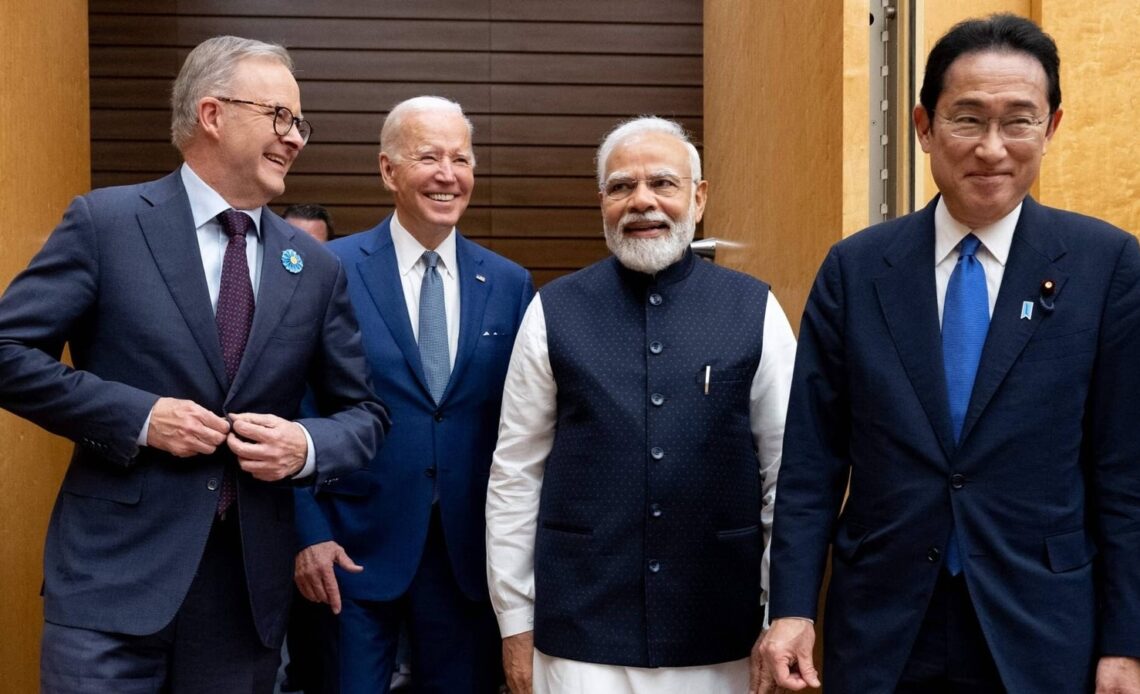
As Sino-India tensions rise in the inhospitable stretches of the Himalayas and some experts warn that future clashes could escalate into a full-fledged war between the nuclear-armed giants, the US is refocusing on the decades-old border dispute – including a more active role in sharing intelligence – as part of its Indo-Pacific strategy to check Chinese activity in the region.
Real-time intelligence provided by the US about Chinese positions along the loosely marked 2,000-mile (3,200km) frontier prepared India to successfully ward off a potential Chinese military “incursion” last year, according to a report in March.
The act “caught Chinese armed forces off guard” and “enraged” Beijing while preventing the crisis from mutating into something more serious, said US News & World Report, which cited anonymous officials aware of the details.The information provided India with “actionable satellite imagery” and “was more detailed and delivered more quickly”, the report said.
The tip helped troops to better counter China’s “probing and testing phase” on how “the Indians can and will respond and to see what the Indians can detect” and forced a Chinese retreat, it added.This marked the first time Washington passed on key intelligence on Chinese strength along the Line of Actual Control – or LAC, as the Sino-India border is known – in advance to its Indian counterparts, according to the report.
Hundreds of Indian and Chinese troops wielding spiked clubs and tasers engaged in fistfights on December 9 in the Tawang sector of Arunachal Pradesh, a province in India’s northeast that is claimed by Beijing as Zangnan, or south of Tibet.
On April 4, India rejected China’s attempts to rename 11 places in the region, soon after the US Senate introduced a bipartisan resolution to “reaffirm” its recognition of Arunachal Pradesh as an “integral part of India”.
While giving a speech in the contested state on Sunday, Indian Home Minister Amit Shah said, “Nobody can take even a pin’s tip worth our land”.The Chinese foreign ministry said his visit “violated China’s territorial integrity” and was “not conducive to peace and tranquillity in the border areas”.
The war of words reportedly coincided with US and Indian Special Forces conducting joint war games in India. The Hindustan Times said the exercises, which were scheduled to begin on Monday, would “focus on supporting fighter aircraft operations in forward areas”.The British-era border between China and India remains the most contentious aspect of their bilateral ties.
A fraught peace prevailed along the LAC in decades after the 1962 Sino-India war. As Washington went on to establish deep trade ties with Beijing and busied itself in the Middle East, Moscow helped India build its military capabilities.But after years of hesitation, Washington and New Delhi have felt compelled to align more closely as China’s military might and economic influence have grown.
Speaking about the Chinese build-up along the border, General Charles Flynn, commander of US Army Pacific, said on March 30 that “activities [of] what’s called the Western Theatre Army in and along that area have been concerning for a number of months”.“Nations represented in that part of South Asia have voiced similar concerns as well,” he added.The face-off last December came just days after US-India joint military exercises ended near the Sino-India border.
It was also a grim reminder of the deadly brawl in 2020 that killed at least 20 Indian and four Chinese soldiers in the Galwan Valley in the contentious Kashmir region.An agreement on geospatial intelligence signed between Washington and New Delhi a few months after the clashes in Galwan became the basis of the new intelligenceexchange in December, according to the US News & World Report article. Neither Washington nor New Delhi have confirmed the report.


